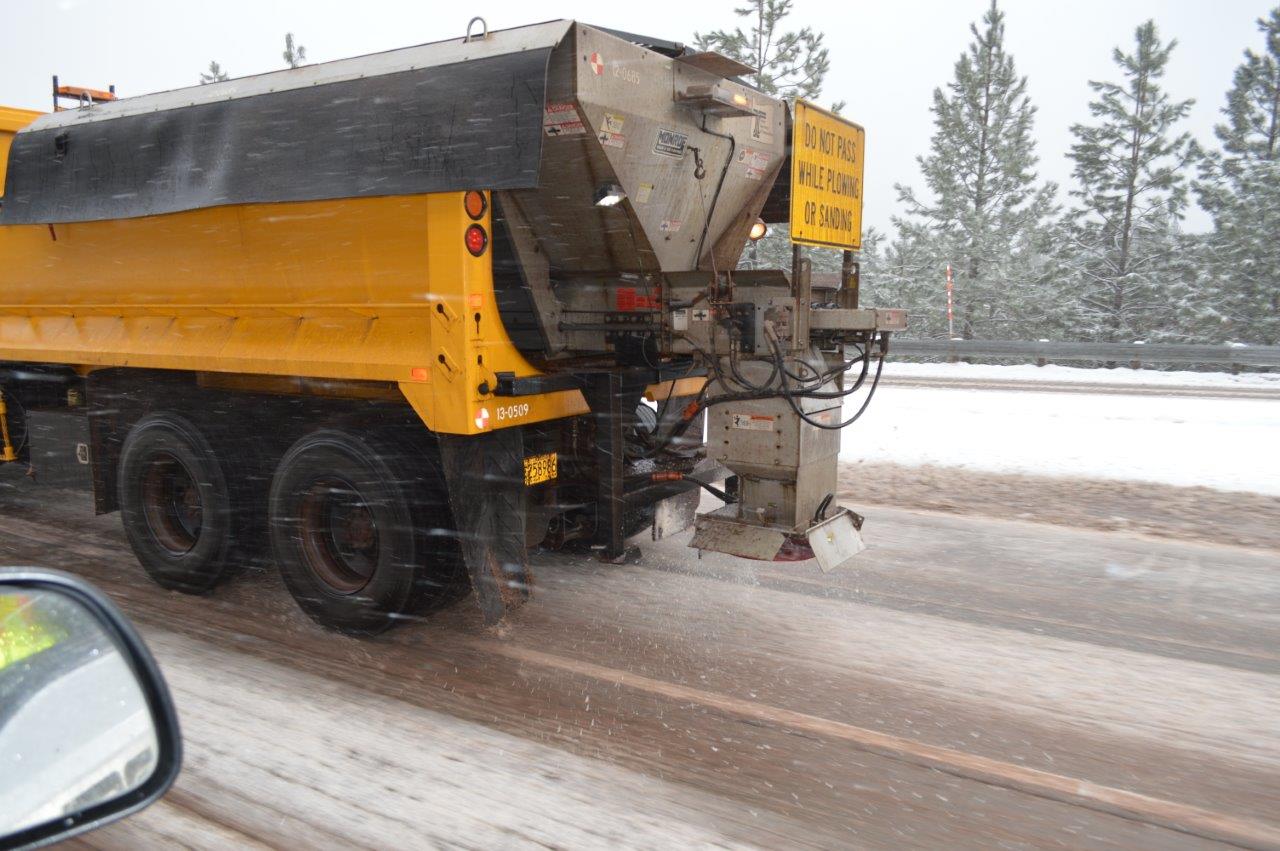America's convoluted regulation of passenger rail helps explain why the U.S. is so far behind other developed nations when it comes to rail travel.

For instance, Federal Railroad Administration safety regulations perversely make us less safe by ignoring global best practices and instead forcing operators to use heavy, outdated equipment.
Not only do we have safety rules that are no good for safety, we also have environmental rules that are no good for the environment. In a post at Itinerant Urbanist, Sandy Johnston looks at a passenger rail project in southern California, linking San Bernardino to Redlands, as a case study in the unintended consequences of these regulations:
The project isn’t in and of itself a particularly bad one; it’s pretty low-key, in an existing right-of-way with few obstacles, and serves an area that could generate OK ridership. Though the new line will connect to Metrolink service at San Bernardino, planners are currently leaning towards running it with Diesel Multiple Unit (DMU) trains, such as those used by NICTD’s Sprinter service between Oceanside and Escondido. That’s probably the right choice; planned frequencies (30 minutes at peak) don’t justify electrification, and a pure extension of Metrolink service couldn’t offer the desired level of service.
When you use DMUs, though, you have to make a choice. DMUs aren’t particularly common in the U.S., and most used outside of this country don’t live up to the Federal Railroad Administration’s notoriously obsolete crash-safety standards. “Noncompliant” European-style DMUs are faster, cheaper, quieter, and cleaner than conventional American locomotive-hauled equipment -- or the few relatively crappy FRA-compliant DMUs in existence today -- a point that is backed up strongly in SANBAG’s Environmental Impact Statement on the project. Because the line only hosts one freight train a week, it would be relatively trivial for SANBAG to obtain a time-separation waiver, allowing noncompliant DMUs to operate freely most of the time, as they do on the River Line in New Jersey, Capital Metro in Austin, Denton County’s A-Train, and the Sprinter. But as Americans, we cannot be content with allowing one body of law to regulate rail safety, so CEQA and NEPA must have their say.
The California Environmental Quality Act (CEQA) also discourages the use of the DMU trains -- not on environmental grounds, but simply because FRA considers them a safety problem. Johnston says:
In other words, the attempt to use cleaner, quieter, and faster rail equipment --undoubtedly an environmental win -- falls afoul not just of rail safety regulations, but of environmental law as well. In the real world, mitigation to satisfy CEQA and NEPA here is relatively easy and wouldn’t consist of anything more than SANBAG would have to do anyhow to obtain an FRA waiver; but the involvement of environmental law in this case -- and taking an absurd position! -- is at the very least a minor irritant that showcases the need for reform, and at the worst a major time waster and cost accelerant.
Elsewhere on the Network today: Seattle Bike Blog reports on a new city policy intended to protect pedestrians from sidewalk closures caused by construction. Peninsula Transportation Alternatives has the story on LinkedIn's plans to lower the drive-alone commute rate for its employees to 35 percent. And Beyond DC offers some evidence that neon clothing won't protect cyclists.





